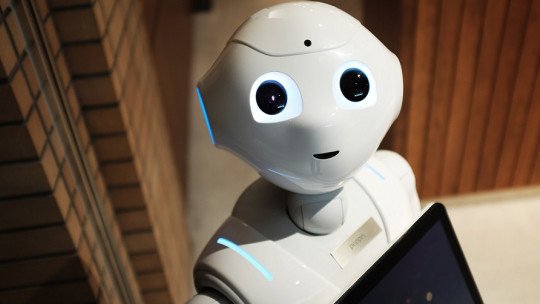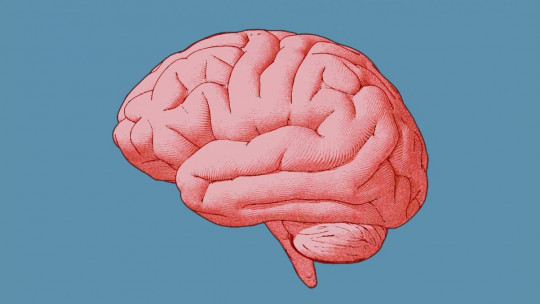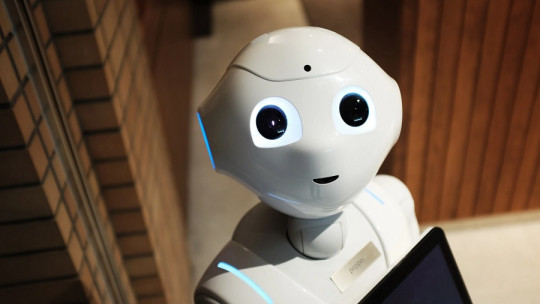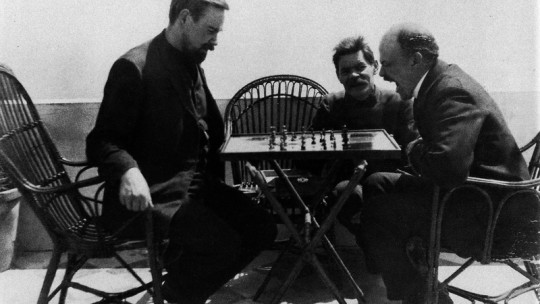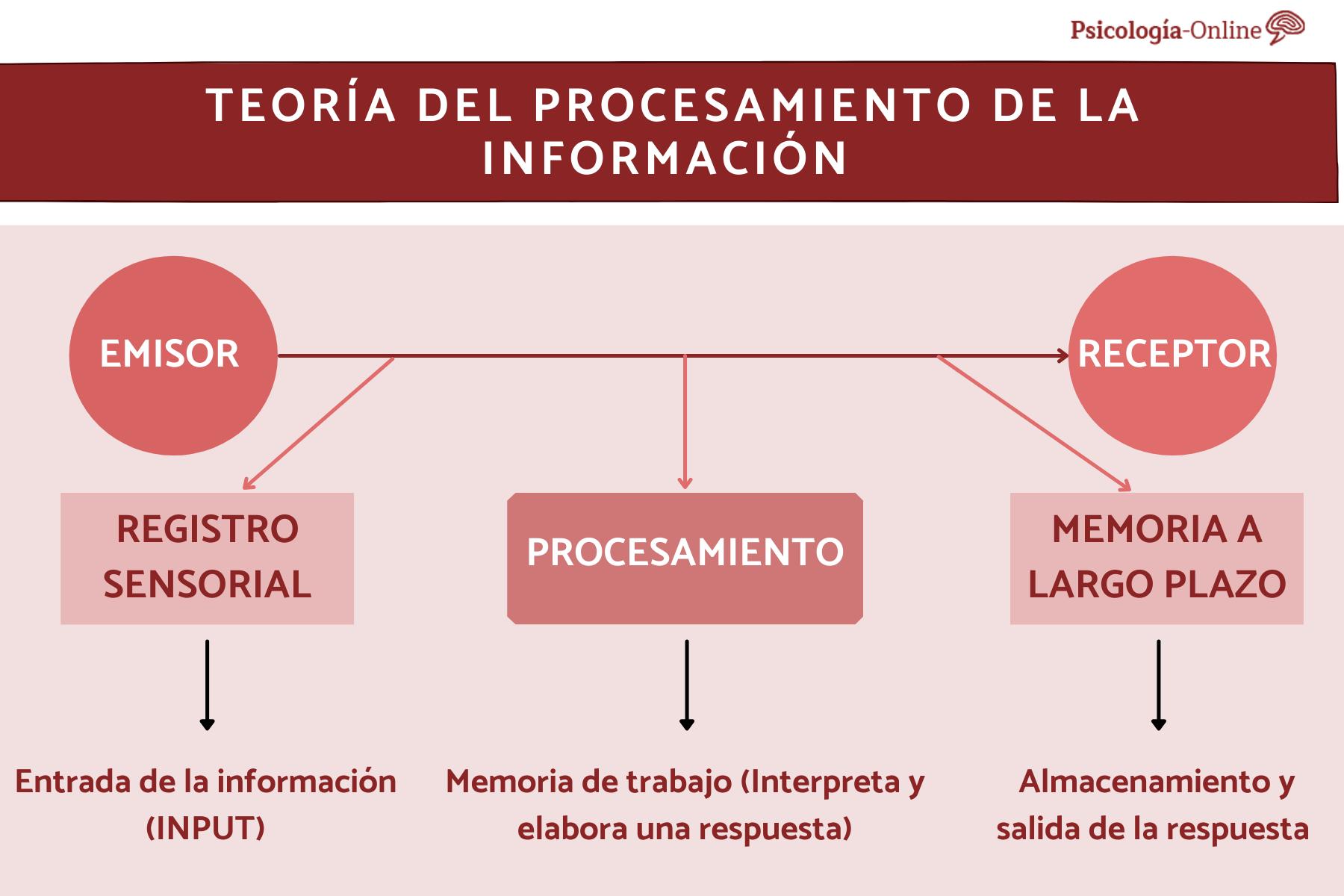To think that machines are capable of sharing with us such a human trait as thought is a scandalous idea. However, the English mathematician Alan Turing was very serious when he was teaching at the University of Manchester. It is there where he posed the following question to his students: “Will computers ever think?”
In this article we will develop this controversy that would base subsequent developments in Cognitive Science, which would take the computer as a metaphor to study the human mind.
Can a computer think?
As he conducted research in the field of mathematics, Turing became increasingly convinced that computers could serve as a metaphor for thinking about the human mind. According to Riviere, when Turing argued with his students at the university regarding the question “Can computers think?”, he perceived great resistance on their part (even though the computers of that time were much more rudimentary than the ones we use today). everywhere in the pocket).
Turing’s interest was not so much in inquiring about how far technological development would go, but rather whether it is reasonable the concept of a machine thinking Let’s look at it in more detail.
Clarifying concepts: thought and cognition
“Well, it will depend on what it means to think,” was the first and reluctant objection of his students to his initial question. And Turing accepted it as valid, since he conceded that the concept of thinking covers a lot. It can refer to a continuum of activities that range from some very simple ones – such as hiding an object – to others that are very complex – such as writing a novel or developing a scientific theory.
Furthermore, Turing noted the disadvantage that computers faced in this discussion, since a large part of the students could think that no matter what computers do, they would never be capable of thought. What is curious is that People do not measure other non-human species with the same yardstick Let’s see it in a current example.
Some Australian scientists have discovered that a species of octopus is capable of using coconut shells as shelter. This creative task is less difficult than developing a scientific theory, but no one questions the capabilities of octopuses. On the other hand, people tend to be much more demanding when it comes to accepting the thinking of a computer.
In order to advance this discussion, Turing invited his students not to reject the idea that a speaker is capable of thinking They ended up agreeing with him on a relatively demanding criterion; to overcome it, the computer would think. They set it at the level of a university student, so they made a list of all the activities they carry out at that stage: from planning and solving operations to joking or participating in arduous discussions.
This is exactly where Turing once again put his finger on the problem, as he explained that for many people, even if computers managed to meet this criterion and do exactly the same thing as a university student, they would still maintain that computers do not think.
As expected, many arguments against Turing’s proposal have been made over the years. Store this concern because we will return to it later. First, it is necessary to layout the Turing test, which brings together the central elements of his position.
The Turing test
The Turing test is a hypothetical test that a computer should be subjected to in order to determine whether it is capable of thinking or not. It consists of the following: using an electronic device, a human interviewer questions two subjects, one A (a speaker) and one B (a human), and will try to determine from another room which of the two is the human Turing assumed that, if the human being is indistinguishable to the interviewer, it would be correct to affirm that the machine has thought.
The interviewer would have complete freedom to formulate the questions, which would open the possibility of extremely creative and complex questions that test the capabilities of a programmed computer. For example, the researcher could develop questions that involve ethical dilemmas or that require understanding the social context in which a person lives.
The impact of Turing’s proposal to conceive human thought
It is important to note that the Turing test is an abstract statement, and its approach was not designed to be put into practice. However, it served to open the way to a series of challenges for thinking about human cognition.
Turing’s proposal has served to redefine the notion of thinking in behavioral terms: by test a machine through its test it is not being evaluated whether the speaker physically looks like a human being, nor as does to answer questions, but what matters to determine whether it thinks or not is the fact that a human behaves identically.
That is, we are not interested in the processes through which it reaches the product, but rather in the response it gives itself.
With this criterion, it seems to be increasingly tempting to accept Turing’s ideas. Doing so would involve accepting the possibility that computers could one day be animated, since they have software—a set of computer programs—that allows them to execute intelligent behaviors. But it would also imply thinking the following: could it be that our mind, that of humans, has the cognitive abilities it has thanks to the fact that it is made up of a set of programs, just like what happens in computers?
Furthermore, if what matters to measure thinking according to the Turing test is behavior and not understanding the meaning of the answers given to the interviewer, could it be that our mind handles concepts about the world so well not because it understands their meaning? but because, like a computer, you know how to manipulate them very well?
As we said, as much as equating ourselves with a set of silicon circuits may seem like a terrifying idea, The idea of comparing ourselves to a machine was very useful for the development of the computational metaphor This will take the computer as a metaphor to think about the human mind, maintaining that the activities carried out by the mind are nothing more than a set of programs (software) that run on a biological substrate, the brain (hardware).
In this way, cognitive psychology will be able to carry out a scientific study of the human mind by partially taking this metaphor, since the mind would not be an abstract substance (that is, not a ghost that lives inside our heads, which would not make much difference). thanks to science), but a dimension of the human brain that can be approached from a level of analysis independent of it.
That is to say, assumes that the mind is not something different from the brain but that we can explain mental phenomena from another plane of analysis, with another language, without the need to resort to a biological vocabulary.
This particular language, provided by the computational metaphor, is that of Computer Science. Today it is still valid for cognitive psychology. It talks about Format of mental representations, of encode the information…Do you remember that I had told you that warehouses your concerns about the arguments against Turing’s proposal? Well, here they go.
The detractors of Turing’s proposal
Put this way, it seems that no one has dared to stand in Turing’s way. But nothing is further from reality, since within the scientific field fierce discussions constantly take place. It is very likely that throughout this article you have accumulated several objections to Turing’s proposal, and scientists have done so too.
One of them was American philosopher of mind John Searle For him, the Turing test is inadequate to determine whether a computer thinks.
Unlike Turing, Searle considered that behavior would not be able to determine whether something thinks or not, but rather that to evaluate the thought of something one would have to focus on the processes that give rise to said thought. His ideas are illustrated in what he called the chinese room experiment
This is a hypothetical situation in which a non-Chinese speaker would be locked in a room. You would be asked questions in this language about a story.
The person would have a series of instructions in English to order the Chinese symbols, so they would be able to make responses even in a language they do not speak. What Searle is trying to point out with this situation is that, for Turing, the fact that he answers correctly would be enough for the person to pass as Chinese.
In other words, Searle would be arguing that a computer could pass the Turing Test without ever understanding the meaning of the symbols it manipulates but only knowing how to handle symbols.
Searle’s proposal is that genuine thought involves both semantics – that is, the understanding of the meaning of symbols – and intrinsic intentionality – the ability to link concepts with the thing in the world to which they refer; In short, only an organism with conscious mental states would be capable of doing so.
Since computers cannot be conscious, I would also be making a strong criticism of the computational model for thinking the human mind. This is a complex discussion: cognitivism would dismiss these criticisms since bringing up the problem of consciousness again would be to question the status of psychology as a science.
Can a current computer pass the Turing test?
Finally, it is possible that this question arises—even more so given the boom of chatbots in recent years—and the answer is not so clear. Despite the amazing advances in technology, even the most trivial behavior of a person has scandalous complexity.
It is true that Throughout history many computers claimed to have managed to pass the test, like Eliza or Parry ; more recently, in 2014, Eugene seemed to have achieved it.
The problem is that, since the Turing test is a test posed on an abstract level, it could last much longer than experiments usually last. Could a computer undergo one year of questions, and still pretend to be human? For now, for many, the question of whether any computer has managed to pass the test (and, why not, whether computers can think) remains open.

